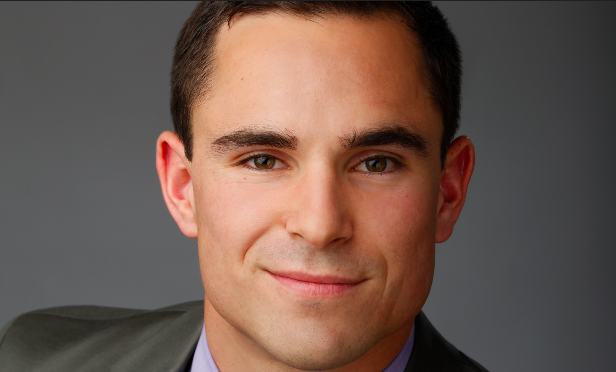San Diego’s industrial vacancy rate ticked up in the second quarter along with negative absorption. According to the latest quarterly report from Newmark Knight Frank, the vacancy rate climbed to 5% in the second quarter, a significant increase over the 4.1% vacancy rate at the end of the second quarter last year. Absorption clocked in a -84,000 square feet. The increase in vacancy comes alongside a rise in speculative development activity.
“Negative absorption goes with the territory of a positive development climate; however, I project that in the next 6 to 12 months the vacancy rate will tick back down in lieu of continued activity on the spec-development front,” Paul Britvar, director at Newmark Knight Frank, tells GlobeSt.com. “To qualify that further, new developments in peripheral submarkets are delivering the industrial user with exactly what is needed, which gives San Diego as a whole the ability to better service the industrial and logistics demand, ultimately catering to a strong and robust population, which is on-track to continue year-over-year growth in the future. As industrial and distribution tenants shuffle themselves to and from, older buildings that suffer from obsolesce will be re-positioned for alternative uses, such as churches, arenas for indoor recreation, Flex, R&D type uses, among others.”
The rising vacancy rate has not impeded speculative development. In fact, speculative development is at 1.4 million square feet in the market, nearly 1 million square feet over the five-year average. “Spec development is high, but the demand is strong enough to absorb the influx of space. It should be noted that spec development is in-line with current demand by industrial users, and thus will not struggle to reach full stabilization in a 6 to 12-month lease-up process, which will vary on the suite size and location,” says Britvar.
This has become part of the local industrial cycle. The new speculative development is attracting users from existing obsolete buildings, emptying older buildings and creating more investment opportunities. “Existing industrial users will relocate to pursue the functionality offered in newer-construction options, leaving less functional buildings in their wake to be repositioned, upgraded or converted to one of the aforementioned product types above,” says Britvar. “There is always an over-building concern, however, for San Diego to offer industrial and distribution users up-to-date products, new development is crucial and in demand. It will create vacancy in projects that need repositioning and/or will give other low-cost, economy-driven users options to choose from.”
Strong rent growth is proving out the model. While more space has become available, the rents have continued to rise, up to an average of $1.05 per square foot. “Rising rents are taking place in a negative absorption market with rising vacancy due to the vast majority of industrial / warehouse users’ willingness to pay for the ‘goods’ i.e. well-located properties that meet their needs,” says Britvar. “Landlords who are aware of the strong demand for their properties will constantly look for the highest paying tenant who can justify a higher rent expense due to the savings that take place from an operational standpoint. One example is the seafood distribution arena; a tenant in this industry has the option to pay cheap rent in a secondary or tertiary submarket or more expensive rent in a primary submarket, which will deliver them savings on travel time, gas, and human labor expenses. This is an even more critical consideration for distribution users with the rising minimum wages that are planned through 2022, as an expense that can be controlled with their real estate facility location strategy.”
© Touchpoint Markets, All Rights Reserved. Request academic re-use from www.copyright.com. All other uses, submit a request to [email protected]. For more inforrmation visit Asset & Logo Licensing.







